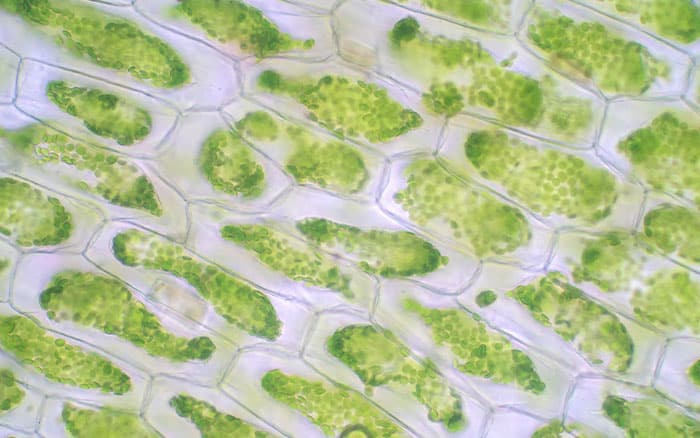Autumn or fall is one my favourite times of year in the garden. As the leaves transform and give the garden one last beautiful display of colour.
Is it Autumn or Fall?
Well, up until the 18th Century Brits us used the term fall. But we switched to autumn a variation of the French word ‘automne’ instead. Although there’s no definitive reason why we changed it, you could surmise that it was changed for the sophisticated sound.
Seasonal Shades
We’re all familiar with the magical sight of red, golden, and brown leaves twirling down in the autumn months. I love watching the colours change each day through to winter, once all the leaves have fallen to the ground.
Many people don’t know exactly what causes the change in colour in the leaves, so I’m going to explain here.
Chlorophyll is green in colour, mainly because it helps trees absorb the blue and red wavelengths of light. It is also the dominant colour within most tree species’ leaves.

Chlorophyll helps the tree to absorb the energy from sunlight, through the process known as photosynthesis.
This translates to mean ‘put together with the help of light’.
So, during the times of year when we have the most daylight, the tree is essentially charging itself.
Chlorophyll transforms carbon dioxide and water into food that sustains the tree, essentially creating glucose.
This is a sugar which gives plants energy to carry out necessary processes for growth.
What is the science?
A Nobel Prize-winning study in 1930 for Chemistry proved that chlorophyll is quite like our haemoglobin cells. Both are heavily pigmented and can be broken down into ring-like structures with similar chemicals.
The main difference, aside from the colour, is that haemoglobin centres around iron molecules, whilst chlorophyll centres around magnesium.
As we enter the autumn when there is less daylight, leaves get less sunlight. This will cause the chlorophyll to break down and as it does, the other colours that are always present within the leaves are revealed. This is what gives us oranges (carotenoids) and yellows (xanthophylls).

Carotenoids, as the name implies, are found heavily in familiar vegetables such as carrots. This chemical has a secondary role in photosynthesis. It helps the plant absorb further light in the blue-green range and transfer that energy to the chlorophylls.

Now you will also see that some trees have another colour within the leaves which is red, caused by anthocyanins.
Anthocyanins are red or purple pigments and are a by-product of photosynthesis. A study in the Journal of Experimental Botany in 2000 considered that anthocyanin may exist to protect chlorophyll cells in plants which have adapted to shade from sudden exposure to sunlight.
What about trees with red leaves?
But what about trees with red leaves, like the Japanese Maple? They do contain chlorophyll otherwise they wouldn’t survive, as they wouldn’t be able to absorb the full range of sunlight.
It’s just that the dominant colour within the leaf is red, from the anthocyanin, rather than green from chlorophyll.
Natural recycling
As the colourful displays come to an end, the leaves will die, and trees shed them. Through the shedding of leaves, the trees are making room for new growth and increasing their chances of survival. This reduces the amount of energy the tree needs to use in the autumn. Keeping the leaves alive would put a strain on the tree during the cold months.
Those shed leaves aren’t wasted and are part of the trees’ role in enhancing the ecosystem. On the ground, some leaves will have a small amount of carbohydrates and sugars, enjoyed by fungi, bacteria, and insects.
You can also make good use of them in your garden, by making a leaf mould. Collect them into a hessian or compost bag, add a drop of water, and then tie the bag up.
Punch some holes in to allow movement of air, and then leave them outside for 18 months to 2 years. If you do this every year, you should have some lovely leaf mould to use each winter. Then, use this as a mulch to support flower beds, or add it to the soil as a conditioner.

What about evergreen plants?
You might now be wondering why evergreen trees don’t go through the same colour-changing process and lose their leaves. These trees have specially adapted to growing in colder environments, and their leaves are designed to conserve more water. This means they don’t need to drop their leaves, or needles in many cases.
Additionally, trees from warmer climates have more consistent sunlight throughout the year. Plus, warmer temperatures, mean they don’t gain anything by shedding their leaves in the autumn and winter months.


The wonderful, warm and recognisable colours of autumn or fall are the reason it is many people’s favourite season.

Leave A Comment